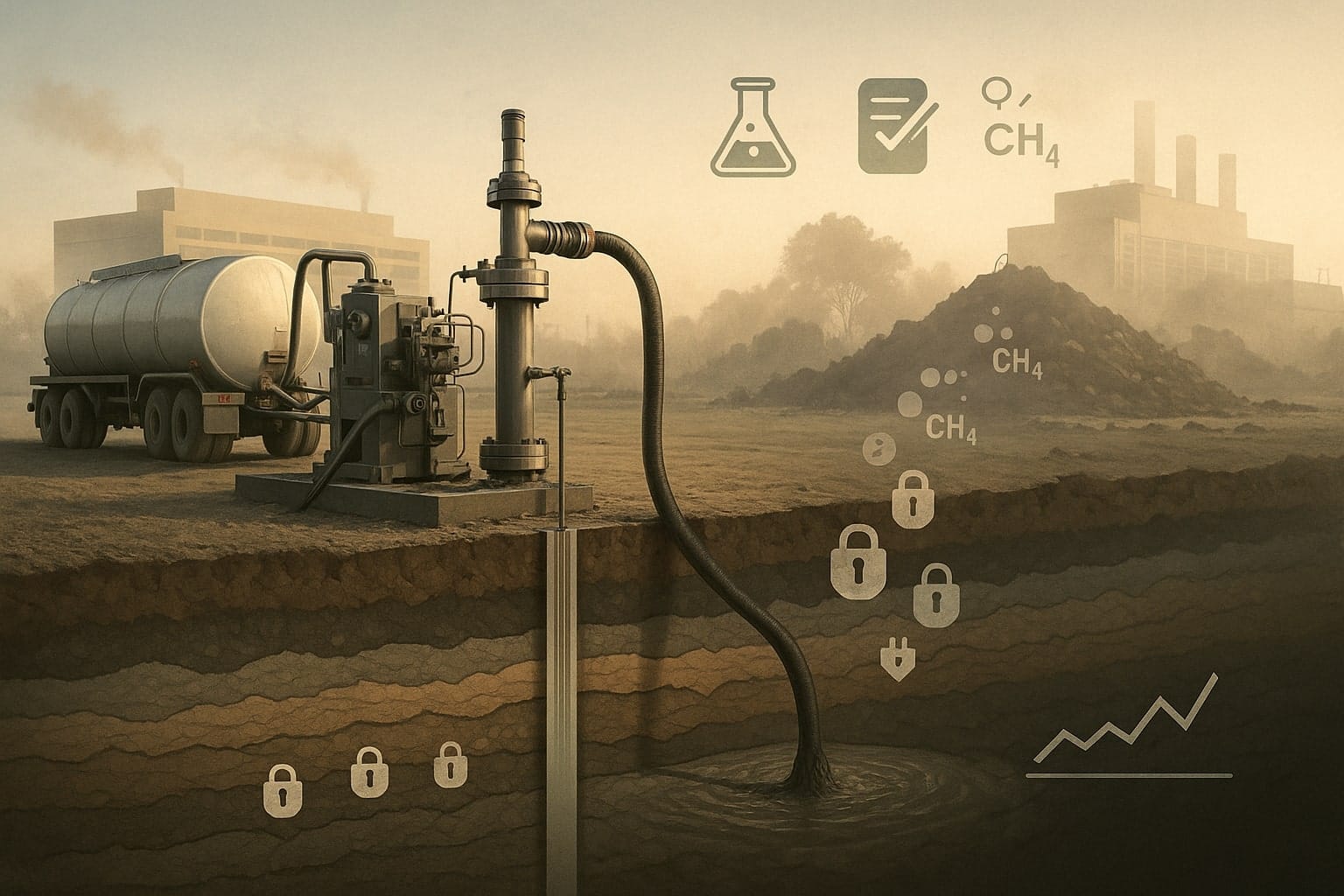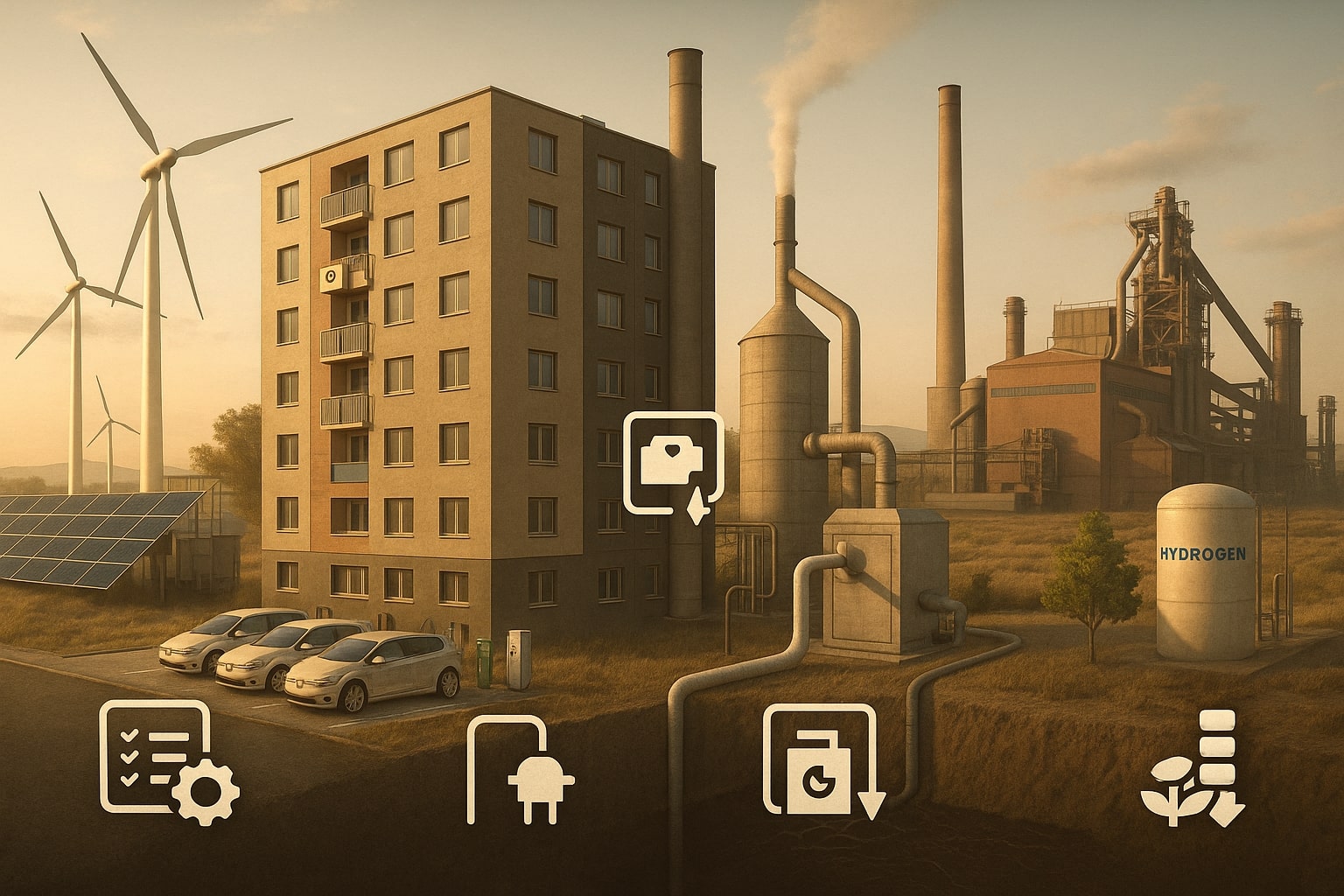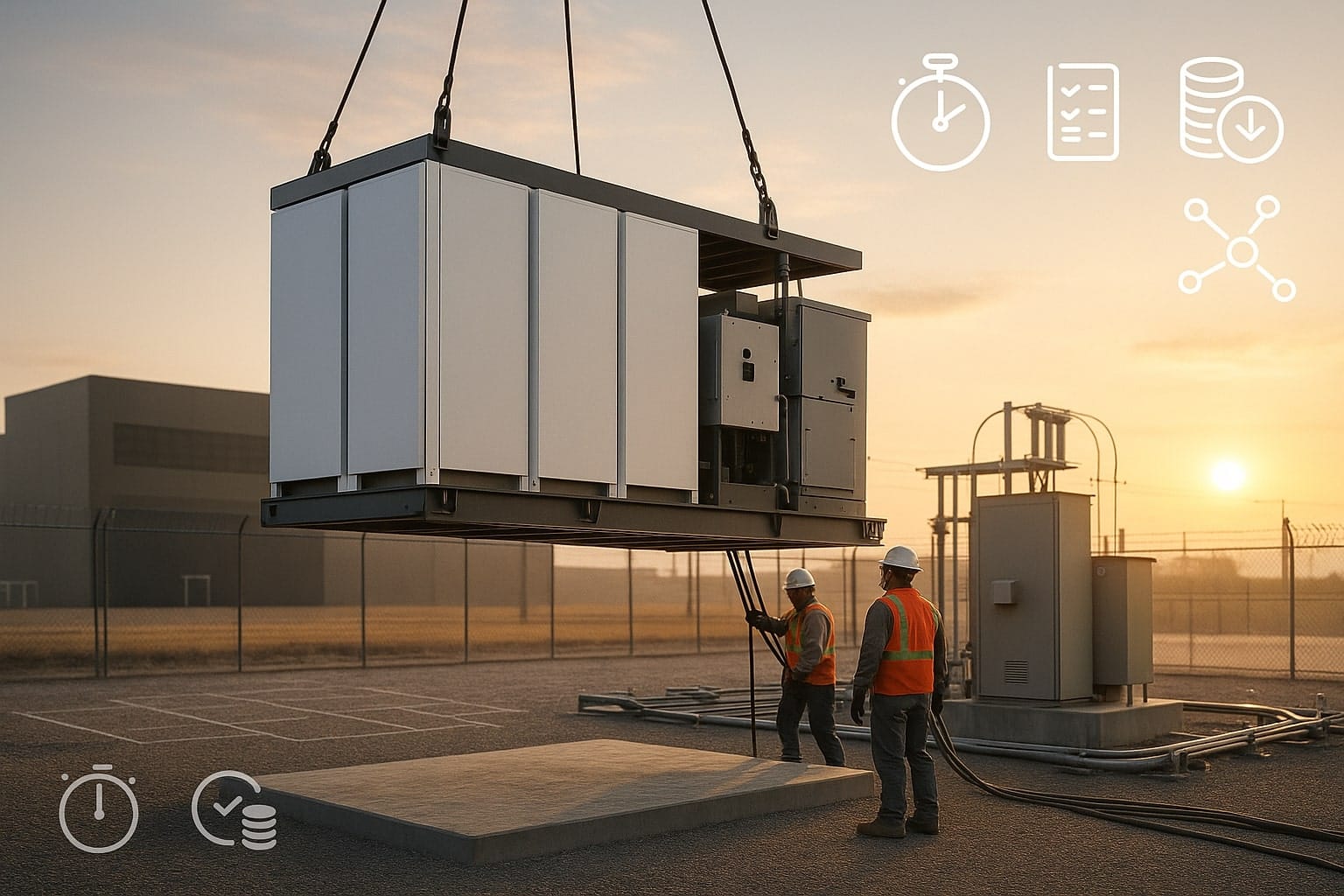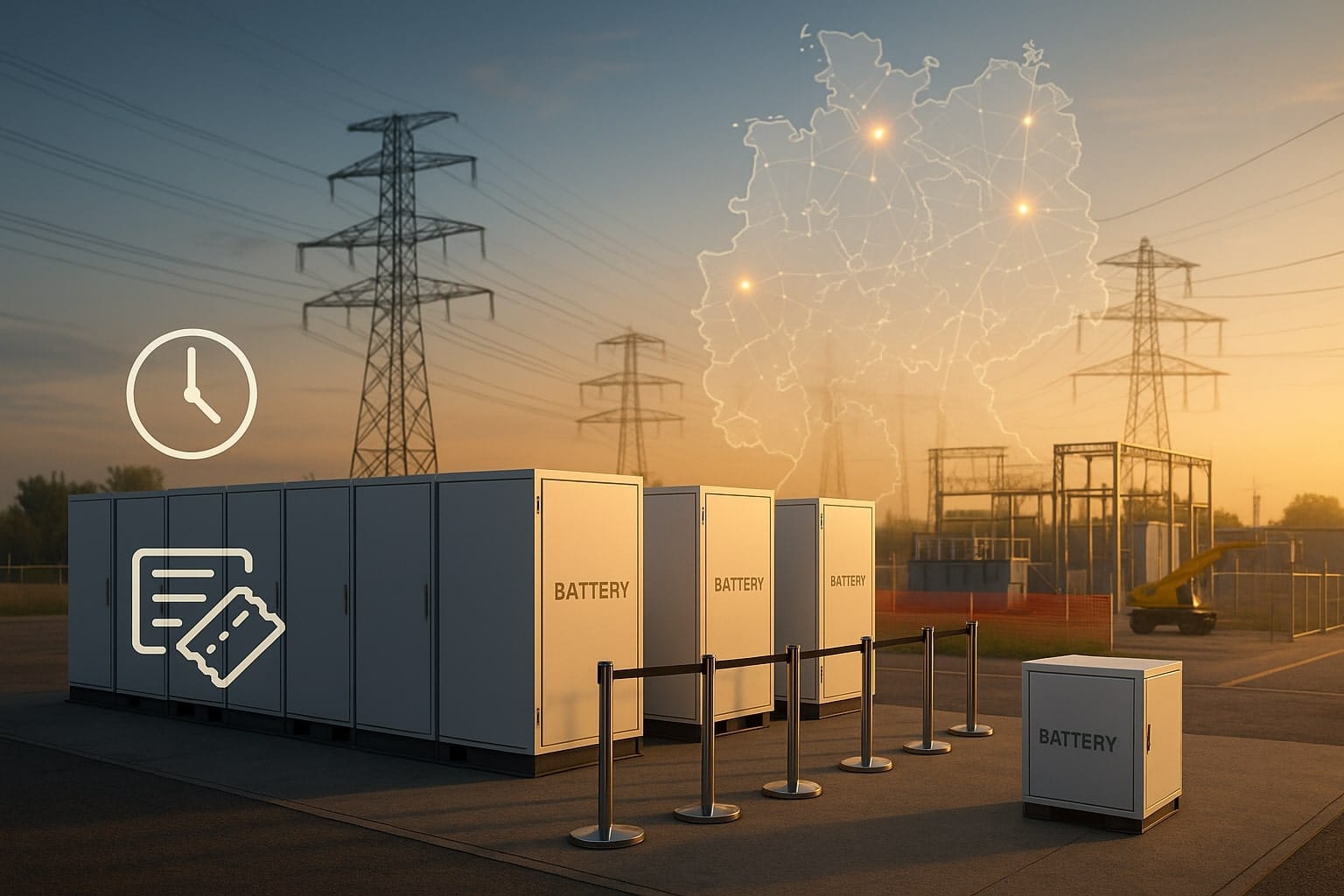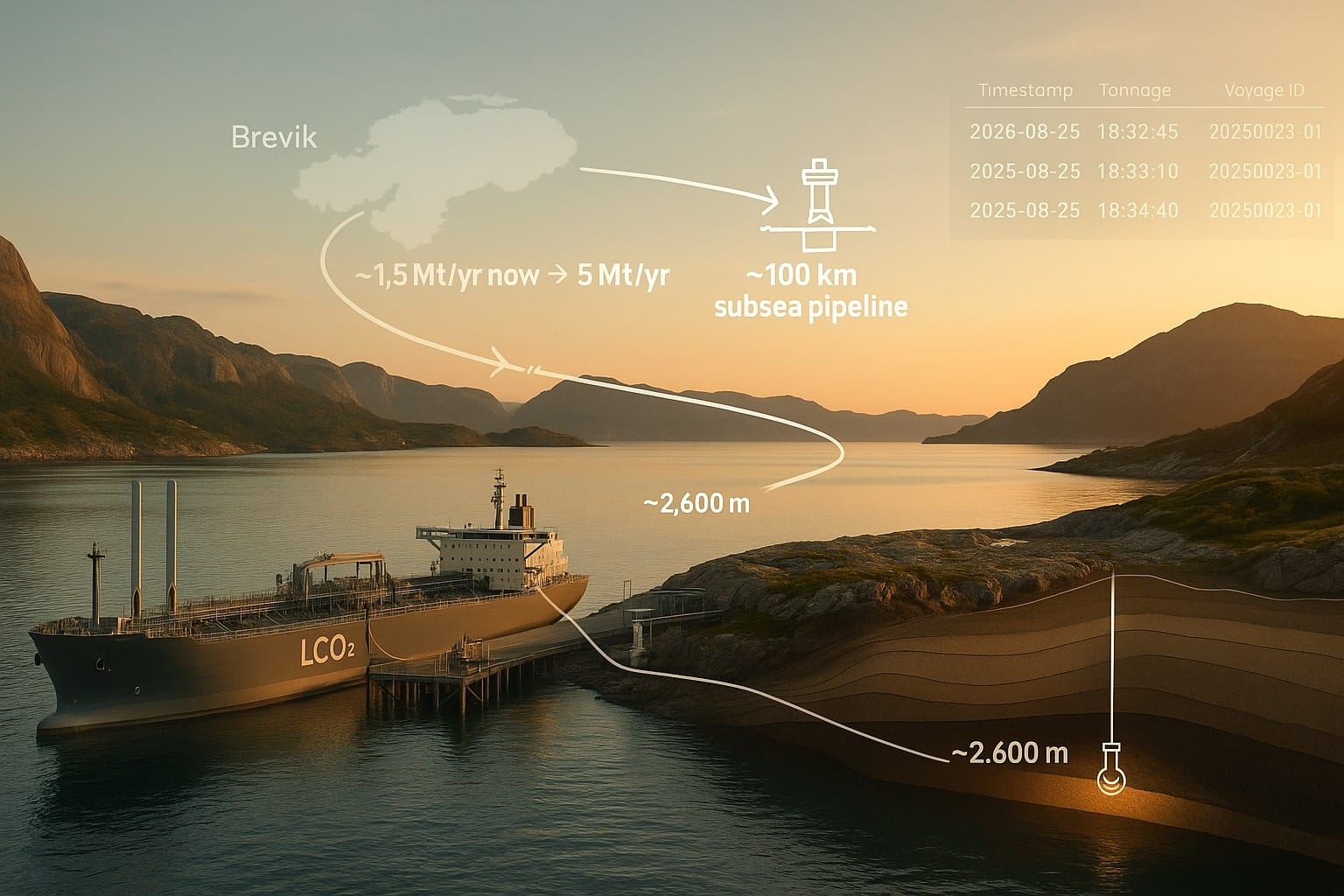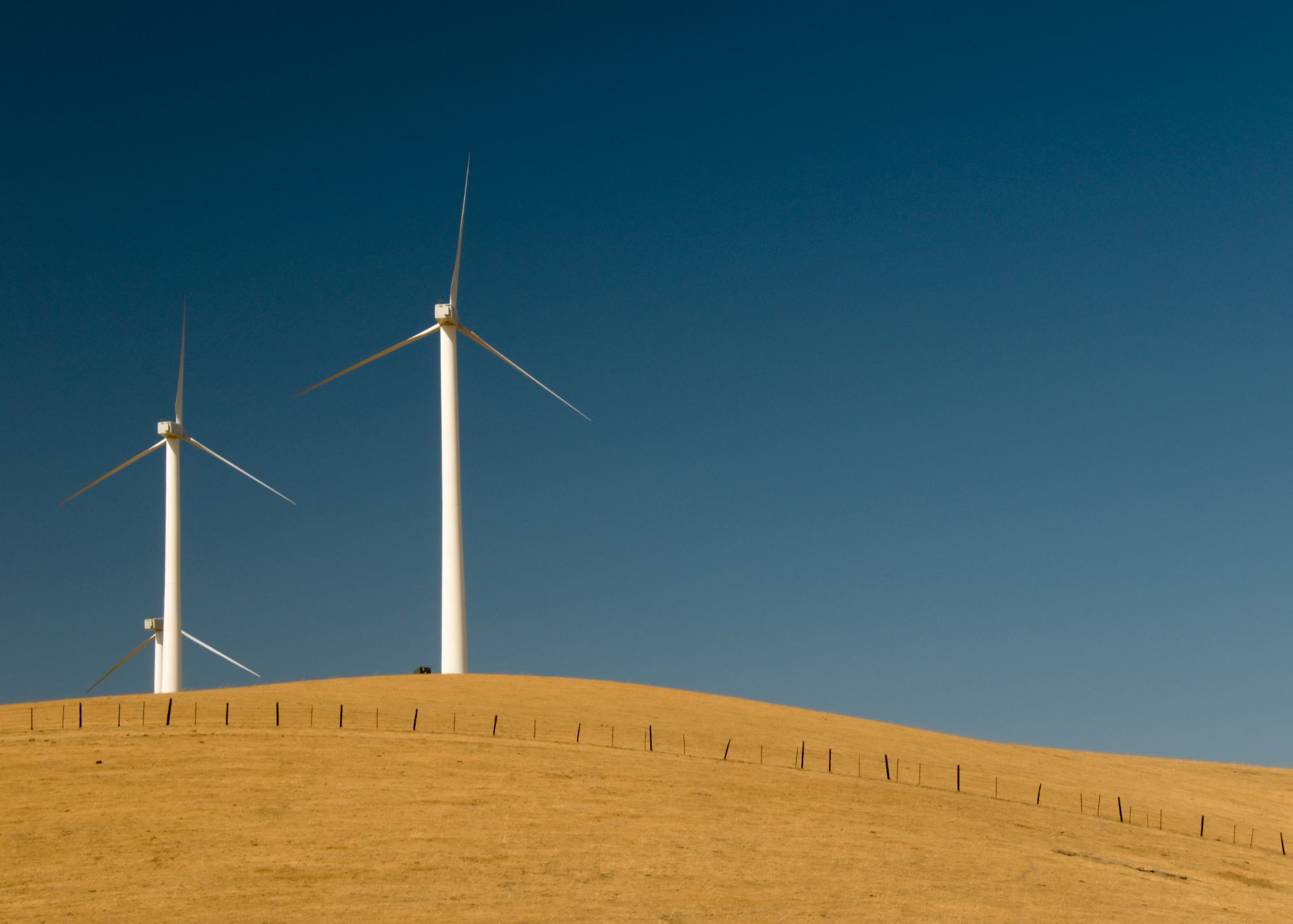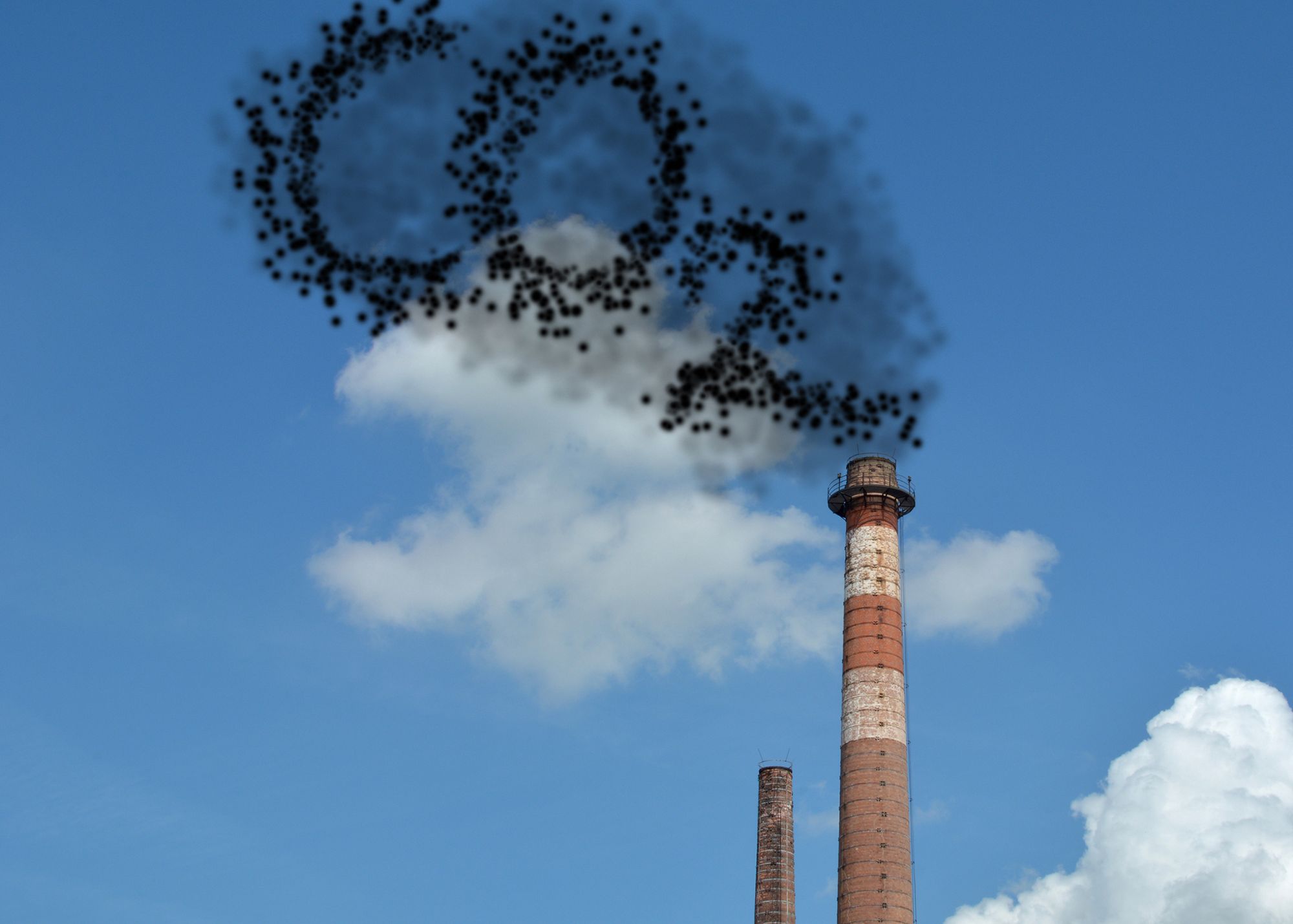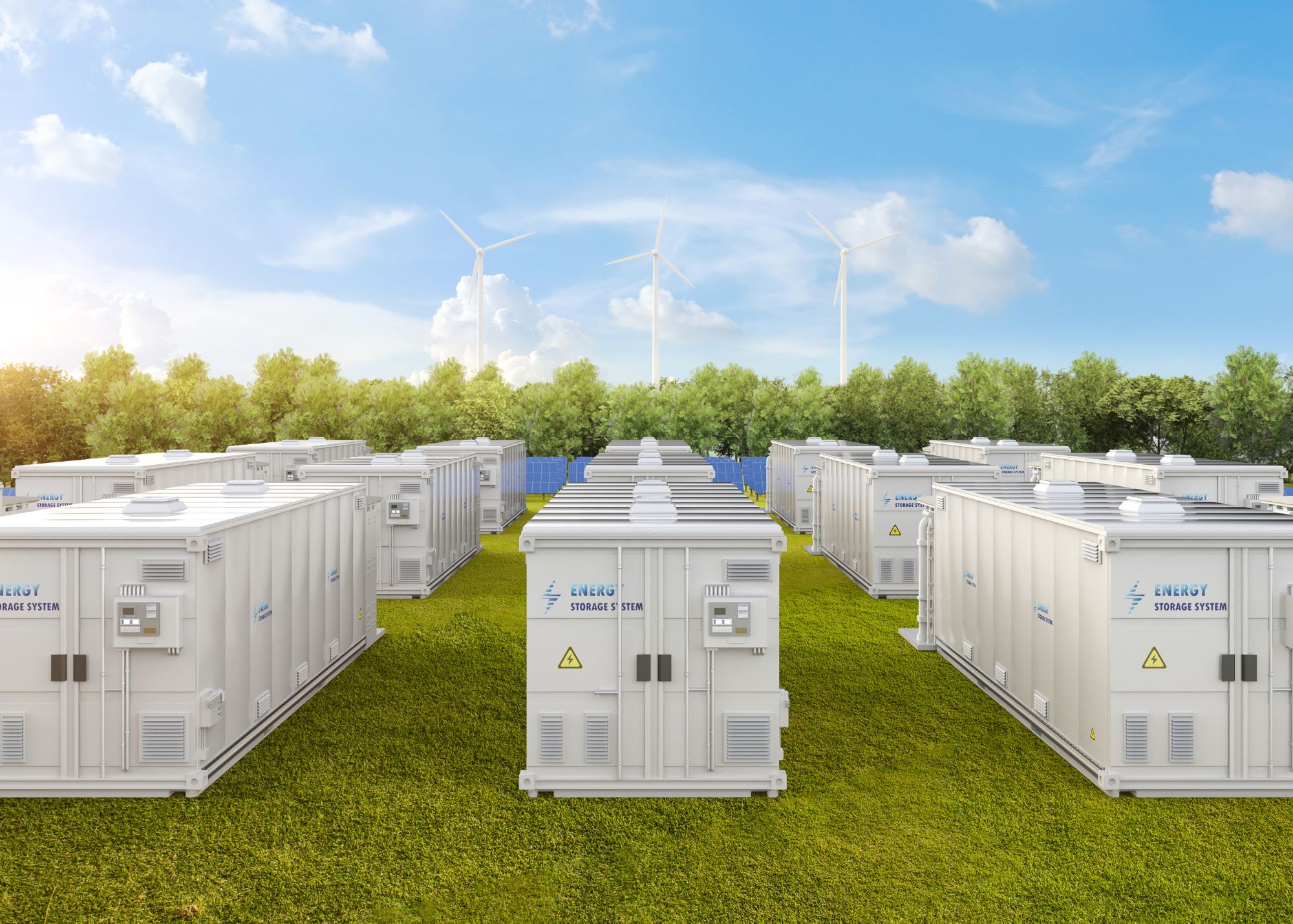Table of Contents
ToggleA Blast Furnace in a Coffee Cup?
On a crisp Colorado morning, engineers at a startup called Electra are producing pure iron metal at just 60 °C – roughly the temperature of a hot cup of coffee. That’s a far cry from the 1,600 °C infernos of a traditional blast furnace. In an industry that has changed little since the dawn of the Industrial Revolution, Electra’s lab setup could be mistaken for a high school chemistry class rather than a steel mill. Yet this unassuming experiment may herald one of the biggest breakthroughs in modern metallurgy: making green steel without the massive carbon footprint.
Electra’s audacious approach has attracted serious attention – and funding. The Boulder-based startup recently raised $186 million in a Series B round, boosting its total funding to over $200 million. Backers range from deep-pocketed climate tech funds to industrial giants in mining and steel, including Rio Tinto and leading steelmaker Nucor. This diverse coalition of investors signals that the race to decarbonize steel is truly on, and Electra’s technology has emerged as a compelling contender.
Instead of coal trains and smokestacks, picture modular reactors quietly plating iron from a liquid solution, powered on-and-off by surges of wind and solar. Instead of belching CO₂, they emit only oxygen – a setup more like a forest than a factory. The mission: reinvent ironmaking so that steel, the backbone of civilization, can be produced without “cooking the planet.” That moonshot is starting to look achievable, thanks to Electra’s novel electrochemical process and a wave of supportive climate policies.

Why Decarbonizing Steel Is Urgent
Steel is everywhere – in buildings, cars, appliances, and infrastructure – but it comes at a steep environmental cost. Each year, steel production pumps out about 3.7 billion tons of CO₂, roughly 10% of global greenhouse gas emissions. If the steel industry were a country, it would be the world’s third-largest emitter, behind only China and the U.S.. The lion’s share of these emissions (around 90%) comes from the process of converting iron ore into iron metal, a step currently dominated by carbon-intensive methods.
This hard truth has turned steel into an urgent frontier for climate action. Emissions must plummet in the coming decades even as global steel demand keeps rising – a daunting challenge. Nonetheless, around the world, a green steel race is now underway. Companies and governments are pouring resources into solutions ranging from carbon capture on blast furnaces to hydrogen-powered iron reduction. There’s broad recognition that whichever technologies prevail, we need to reinvent how steel is made. American climate-tech investors and policymakers are paying close attention, seeing green steel as both a climate necessity and an economic opportunity to lead a new industrial revolution.
Electra’s Low-Temperature Ironmaking Breakthrough
Amid this scramble, Electra’s approach stands out for its originality. Rather than tweaking the blast furnace or swapping its fuel, Electra essentially threw out the old playbook. The company developed a patented electrochemical process that turns iron ore into high-purity iron at just 60 °C (140 °F). In other words, they’ve shrunk the ironmaking step from a volcano-like furnace to something that operates at coffee-brewing temperatures. Here’s how it works, step by step:
- Dissolving iron ore in a “cold” acid bath: Instead of feeding iron ore into a blazing furnace with coke (carbon), Electra dissolves iron ore in a water-based acidic electrolyte solution. Remarkably, the ore can be low-grade – as little as ~35% iron content – that would normally be considered waste. (Traditional steelmaking requires high-grade ore ≥62–67% Fe.) As the ore dissolves, impurities are removed and the solution becomes rich in iron ions.
- Electroplating pure iron from solution: Next, using renewable electricity, Electra electrochemically plates out solid iron metal from the solution onto an electrode. The result is iron that’s over 99% pure – comparable to pig iron from a blast furnace. Crucially, the process regenerates its chemicals in a closed loop, so the acid and water are recycled. The only byproduct is pure oxygen gas. No coal, no coke, and no CO₂ emissions at all.
- Modular reactors instead of giant furnaces: Because this is a low-temperature chemical process, it’s inherently modular. Instead of a few gigantic furnaces, Electra can run many small reactors in parallel. This allows for distributed production – clean iron could be made at smaller facilities located near renewable energy farms or near mini-mills, rather than only in centralized coal-based plants.
- Built to use intermittent renewable power: Electra’s reactors can start and stop quickly, syncing with the availability of renewable energy. A coal-fired blast furnace must run 24/7, but Electra can pause when electricity is pricey or scarce and ramp up when cheap surplus power is available. This means it can capitalize on low-cost energy (even near-zero-cost during wind or solar oversupply) and avoid buying electricity when prices spike. In short, it turns the variability of renewables into a feature, not a bug.
The end product of Electra’s process is what it calls “green iron” – solid iron metal ready for steelmaking. Instead of feeding a blast furnace, a steelmaker would take Electra’s pure iron pellets and melt them in an electric arc furnace (EAF), often alongside scrap metal, to make steel. EAFs (common in modern mini-mills) run on electricity, so if that electricity and the iron feedstock are both clean, the resulting steel can be made with near-zero carbon emissions. By decarbonizing iron production – the hardest part – Electra’s technology could eliminate the vast majority of steelmaking emissions at the source.
Of course, moving from lab innovation to industrial reality is the next big challenge. Electra’s new funding will support construction of a full-scale demonstration plant in Colorado, slated to break ground in 2025. This demo plant will produce test batches of iron for partner steel companies to validate in their own furnaces, proving that Electra’s iron meets quality specs and can slot into existing supply chains. If all goes well, Electra aims to build its first commercial-scale plant before 2030. The opportunity is enormous: steel is a trillion-dollar industry, so a successful zero-carbon iron process could capture a huge market while dramatically cutting emissions.
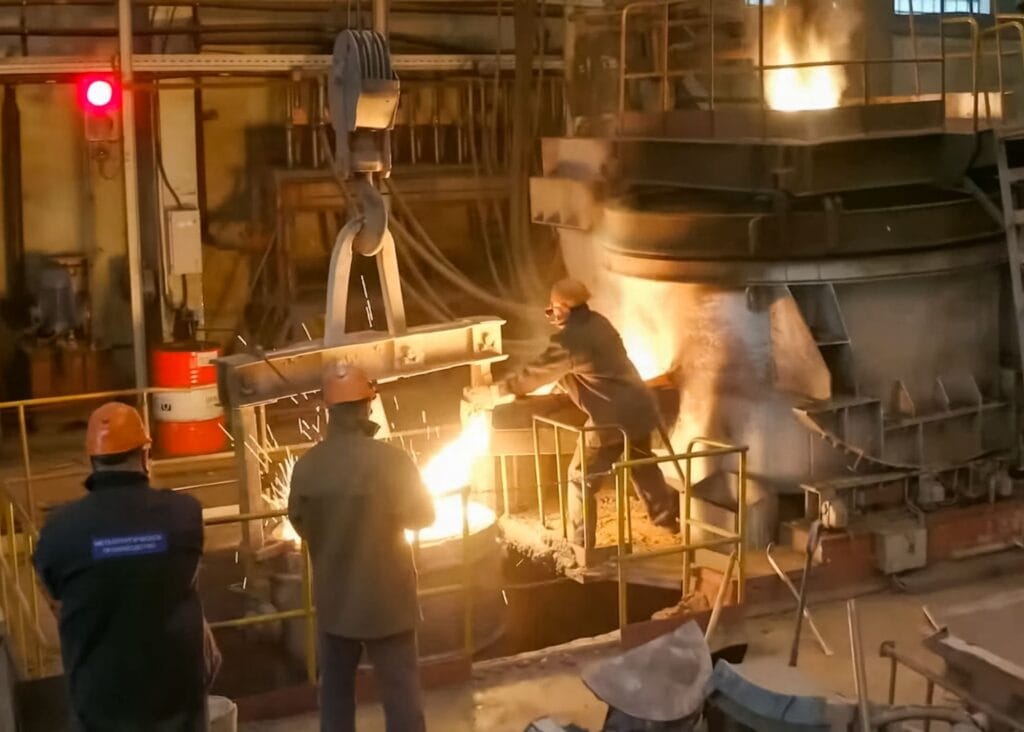
Competing Paths to Green Steel
Electra isn’t alone in chasing fossil-free steel. A few other breakthrough technologies are vying to replace or retrofit the blast furnace, each with different pros and cons:
- Green hydrogen direct reduction: One leading route is to use green hydrogen (H₂) to directly reduce iron ore instead of coal. This is basically an adaptation of today’s Direct Reduced Iron process (DRI), which normally uses natural gas. H2 Green Steel, a startup in Sweden, is building a large-scale plant to do exactly this, aiming to begin production by the mid-2020s and cut emissions by as much as ~95% compared to a conventional mill. Iron ore will be reduced by hydrogen into sponge iron, then melted in EAFs to produce steel – much like Electra’s end-to-end process, but using H₂ as the reducing agent. The advantage is that it builds on proven technology (DRI and EAF), but the challenges are significant: it requires massive amounts of green hydrogen and very high-grade iron ore (≥67% Fe) as feedstock. Such premium ore is limited and could be in short supply by the 2030s. It also demands heavy capital investment in hydrogen production and new DRI furnaces. Despite these hurdles, hydrogen-based steelmaking is moving forward quickly – especially in Europe, where projects like H2 Green Steel enjoy strong policy support and funding.
- Molten oxide electrolysis (Boston Metal): Another cutting-edge approach comes from Boston Metal, an MIT spinout developing molten oxide electrolysis (MOE). This method uses electricity to smelt iron ore in a molten bath of oxides at about 1,600 °C, instead of using coal. In an MOE cell, iron ore is dissolved in a hot oxide electrolyte and an electric current splits the iron oxide apart – liquid iron collects at the bottom and oxygen gas is released. The result is pure molten iron with oxygen as the only byproduct. No coke needed, and any grade of iron ore can be used. In essence, it’s a direct electrochemical replacement for a blast furnace. Boston Metal’s process promises a one-step, carbon-free way to make iron, but its challenges include handling extreme temperatures and high power requirements at scale. The company has pilot MOE cells running and has raised substantial funding; it aims for commercial deployment by the late 2020s. If it works, steel plants of the future might install banks of MOE cells instead of blast furnaces. Like the hydrogen route, success will hinge on abundant cheap electricity, as MOE is energy-intensive by nature.
- Other approaches: Incumbent steelmakers are also tinkering with interim fixes. Some are trying to bolt on carbon capture systems to existing blast furnaces to trap CO₂. Others are boosting the use of scrap steel in EAFs to reduce the need for new iron. These measures can help – carbon capture can cut emissions (though at high cost), and recycling scrap is great where available – but they can’t by themselves get steel to zero emissions. High-quality scrap is limited, and capturing most CO₂ from a blast furnace is technically complex and expensive. That’s why truly decarbonizing steel likely requires new primary iron processes like Electra’s, hydrogen DRI, or MOE.
In short, there are multiple pathways to green steel, and it’s not yet clear which will dominate. Electra’s low-temperature electrochemistry has unique advantages (flexibility, low-grade ore utilization, modular deployment), but it will compete with the hydrogen route and high-temperature electrolysis as the industry reinvents itself. It’s possible the steel sector will end up using a mix of these solutions depending on regional resources and policy support. For investors and policymakers, the key is to recognize this and support the most promising technologies across the board – while crafting incentives that address their specific needs (from cheap electricity to hydrogen infrastructure).
Economic Considerations: Energy, Cost, and Incentives
Ultimately, green steel solutions must make economic sense. Electra asserts that its clean iron will carry “zero green premium” – costing about the same as conventional iron. How could that be possible? A few factors are critical:
- Cheap, flexible power use: Electra’s process runs on electricity, so affordable power is essential. By operating at low temperature and being able to pause when needed, Electra can utilize the cheapest renewable electricity available. Producing a ton of iron via electrolysis will take several megawatt-hours of power. If that electricity costs, say, ~$20 per MWh or less during surplus renewable periods, the energy cost per ton of iron can rival (or beat) the cost of coal and natural gas used in traditional steelmaking. Crucially, Electra can act as a flexible load on the grid – ramping up when power is cheap and idling when it’s expensive – which helps keep its average energy costs low.
- Using low-cost ore: Electra doesn’t need expensive high-grade iron ore. Its process can intake ore with only ~35% iron content, material so low-grade that traditional mills would consider it waste. This means Electra avoids the cost of intensive ore beneficiation (grinding, pelletizing, etc.) and can tap much cheaper raw material sources. It also sidesteps the looming “iron ore challenge” – the predicted shortage of high-purity iron ore for green steel processes by the 2030s. In short, Electra can save money by using iron resources others can’t.
- Potentially lower CapEx and OpEx: Building a new blast furnace or hydrogen DRI plant is extremely expensive. Electra’s modular reactors, by contrast, could be built in smaller increments, reducing upfront capital risk. Operating costs might also be lower – an electrochemical plant could require less labor and maintenance than a sprawling blast furnace complex. Plus, if you eliminate fossil fuels, you eliminate costs associated with them (like buying coke, or paying carbon taxes/carbon permits where those exist). These factors could make green iron production economically competitive, especially as carbon costs (implicit or explicit) increase.
- Policy incentives and the IRA: Government policy is tilting the economics in favor of green steel. The U.S. Inflation Reduction Act provides generous incentives that help indirectly – for example, subsidies for green hydrogen help lower the cost of H₂-DRI, and there are funding programs for industrial decarbonization that can support first-of-a-kind projects. Moreover, “Buy Clean” initiatives are emerging, with governments starting to prefer low-carbon steel for public projects. Such policies effectively penalize high-emission steel and reward producers of green steel. These incentives narrow the cost gap and improve the business case for investing in new technologies like Electra.
Thanks to these factors, the path to cost-parity for green steel is coming into view. By combining cheap renewable power, flexible operations, cheaper ore, and supportive policy, Electra believes it can produce iron at a cost comparable to blast furnace production – without needing a carbon price to make it competitive. Of course, this still needs to be proven at scale. The upcoming Colorado demo plant and the first commercial facility will be critical tests to confirm the real-world economics. If they succeed, we could reach a point where “clean steel” doesn’t cost more – it just becomes the new industry standard.
Adoption Dynamics: Mini-Mills vs. Integrated Mills
If Electra’s technology works as advertised, who will adopt it first? The steel industry isn’t monolithic – it has different types of producers with different needs.
Electric Arc Furnace (EAF) mini-mills – which melt scrap steel using electricity – are likely to be early adopters of Electra’s iron. These mini-mills already run on electricity and have a relatively low carbon footprint. Many of them, however, need some virgin iron input (in the form of pig iron or DRI) to supplement scrap for certain steel grades. Electra’s product could slot right in. In fact, Nucor, the largest U.S. steel producer (an EAF-based company), is an investor in Electra, suggesting strong interest in using clean iron to further green their steel.
As one Nucor executive noted, “tehnologies like Electra’s are critical to meet growing demand for low-carbon EAF steel”. Using Electra’s iron instead of coal-based pig iron, a mini-mill could produce steel with near-zero carbon emissions (especially if its electricity is renewable).
Integrated blast furnace steel mills, on the other hand, will find it tougher to adopt new processes quickly. These are the traditional mills that start with iron ore and coal in a blast furnace and then make steel in a basic oxygen furnace – they are capital-intensive and not easily modified. An integrated mill can’t drop an Electra reactor into its existing line; it would likely need to build an entirely new production line (like a hydrogen DRI furnace or a suite of MOE cells) to replace or augment its blast furnace. Some integrated steelmakers are indeed investing in such solutions – for instance, European companies are building hydrogen DRI pilot plants, and some (like ArcelorMittal) have put money into Boston Metal’s MOE technology – but broadly, these legacy players may wait longer unless forced by regulation or market pressure.
Their hesitation is understandable: a blast furnace complex costs billions and can run for decades, so companies won’t scrap them until they must. This is where policy could play a decisive role in pushing integrated mills to evolve. If carbon-intensive steel becomes a liability in the market (due to carbon prices or import tariffs on dirty steel), even the big incumbents will accelerate the retirement of coal-based assets and shift to new methods.
Notably, about 70% of U.S. steel is already made in EAF mini-mills (versus ~30% globally), so a large share of U.S. production can integrate innovations like Electra relatively quickly. Countries that rely heavily on coal-fired blast furnaces face bigger challenges to modernize.
One thing is increasingly clear: steel customers are starting to care about the carbon content of steel, and that is changing the calculus for producers. From automakers to construction firms, big buyers are committing to lower their supply-chain emissions, and steel is a prime target. This growing demand for low-carbon steel – combined with policy pressure – will drive adoption of green steel technologies across the industry in the coming years.
U.S. Policy and Global Leadership in Green Steel
All of this leads to a strategic question: Will the United States seize the opportunity to lead in green steel? The rise of companies like Electra presents a chance for the U.S. to pioneer this new industry – but competitors overseas are not standing still.
Europe is moving aggressively: the EU is funding hydrogen-based steel projects and implementing a Carbon Border Adjustment Mechanism (CBAM) to put fees on high-carbon steel imports, effectively protecting and incentivizing its domestic green steel makers. China, for its part, is piloting lower-carbon ironmaking techniques (like hydrogen injection in blast furnaces) even as it remains the world’s largest steel producer. In this context, the U.S. must be proactive to ensure it doesn’t fall behind in the green steel race.
The Inflation Reduction Act was a significant step, providing tax credits and funds that benefit cleaner industrial practices. But staying competitive will likely require additional effort. Experts suggest a few strategic moves: direct support for first commercial-scale green steel plants (using public funding to de-risk initial projects) to help technologies like Electra reach deployment; government procurement rules (Buy Clean) to create assured demand for low-carbon steel in federal and state construction projects; and possibly carbon tariffs or international agreements to prevent dirty steel from undercutting cleaner U.S. steel in the market. By de-risking projects and creating clear market signals, policymakers can encourage American steel companies to invest in new tech sooner rather than later.
Why fight for leadership in green steel? Because it’s not just about reducing emissions (though that’s crucial) – it’s also about economic competitiveness in a decarbonizing world. Countries that figure out how to make essential materials like steel with minimal emissions will have a major edge. They’ll host the industries of the future, create jobs, and export both their products and their technologies.
Electra’s rise is a case in point – a homegrown American innovation that could enable domestic steel with zero carbon impact. With the right support, the U.S. could become not only self-sufficient in green steel (securing domestic supply chains) but also an exporter of green steel and the technologies to produce it.
In conclusion, Electra’s $186 million funding milestone is more than just a startup success story – it’s a signal of an industry on the brink of transformation. The idea of making steel at coffee-brewing temperatures, without a speck of coal or puff of CO₂, is no longer fantasy; it’s being engineered into reality. Challenges remain, from scaling up reactors to ensuring ample cheap clean power, but the trajectory is clear.
As the steel sector’s carbon-intensive era comes to an end, those countries and companies that embrace alternatives will shape the future. With the right support, the U.S. can position itself at the forefront of this green steel revolution.

